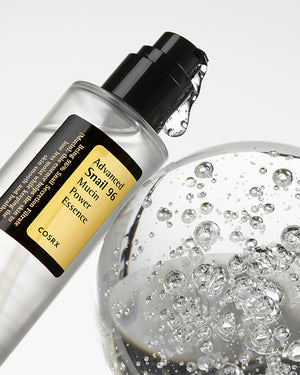What is your scalp type?
Just as everyone has a different skin type, scalp characteristics also vary from person to person. Today, we're going to explore common scalp types and typical scalp concerns that most people experience at some point.

|Our ideal scalp environment
Scalp health has a significant impact on the condition of your hair. This has been confirmed by numerous studies. When we generally describe a scalp as “healthy,” it has minimal impurities, itching, or inflammation and is in balance with the following conditions:
- A mildly acidic pH of 5–6, similar to the skin
- Maintain an average moisture level of 15–20%
- A proper layer of sebum is formed on the scalp surface
- Normal keratinization occurs
- The area around the pores is clean with minimal sebum residue and dead skin cells
- The microbial ecosystem is balanced
While it would be great if this state could be maintained, the scalp environment is delicate and can easily be disrupted by various factors, leading to the development of scalp concerns.
|Dry scalp
Is your scalp dry, tight, or itchy? A dry scalp is caused by insufficient sebum production. When the natural sebum layer that helps retain moisture disappears, the scalp quickly becomes dehydrated, leading to concerns such as dryness and flaking. While dry scalp can appear temporarily during cold and dry winter seasons, if left untreated over time, it may progress into a sensitive scalp.
|Oily scalp
An oily scalp is caused by excessive sebum production, also known as ‘Hyperseborrhea’. If your hair feels greasy and clumps together even shortly after washing, you likely fall into this category. When sebum is produced in amounts beyond the normal range, it not only creates visible discomfort but can also lead to the buildup of sebum plugs, which cause inflammation, itching, and other issues. If it becomes severe, it can worsen and develop into conditions like seborrheic dermatitis or even hair loss.
|Sensitive scalp
Because the scalp is an area with a high density of nerves, it can easily become sensitive to several irritations. When exposed to continuous irritation, it can lead to discomfort such as tightness, pain, burning, or redness. Unlike sebum or dead skin cells, a sensitive scalp is classified as a sensory symptom — it can affect anyone regardless of scalp type.
|Dandruff
Dandruff is an extremely common condition, affecting over half of the adult population worldwide. While it is completely normal for dead skin cells to shed from the scalp, an excessive amount of flaking is a sign of a disrupted scalp environment. On oily scalps, the overgrowth of Malassezia, a fungus that causes dandruff, leads to large, yellowish, greasy flakes. On dry scalps, smaller, white flakes are more common. Dandruff can appear alongside other issues such as tightness, itching, and unpleasant odors.
|Hair loss
Hair loss refers not only to the shedding of hair but also to the gradual thinning and losing of strength. There are various causes and many different types of hair loss. One of the most common types is seasonal hair loss. After the scalp is damaged by UV rays and heat during the summer, it may temporarily weaken in the fall or winter, leading to increased hair shedding. While some changes like this are natural, most types of hair loss are considered medical conditions that require professional attention.
Proper hair care begins with a clear understanding of your scalp type. Choose the right care routine based on your scalp type.
Reference
Journal of Cosmetic Dermatology, 18(3), 922–928. (2019)
Journal of Cosmetic Dermatology, 15(3), 219–225. (2016)










